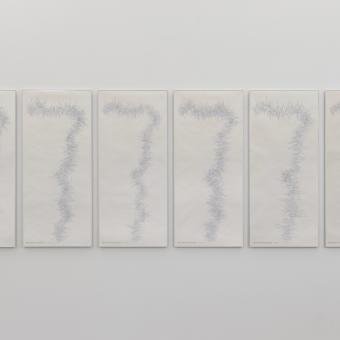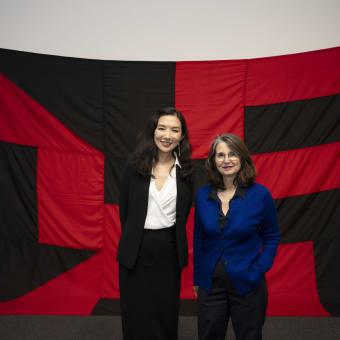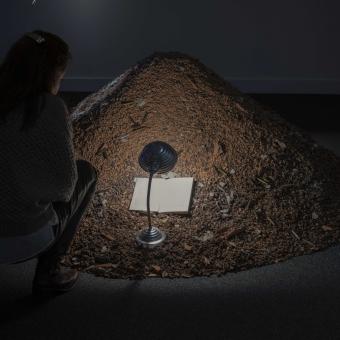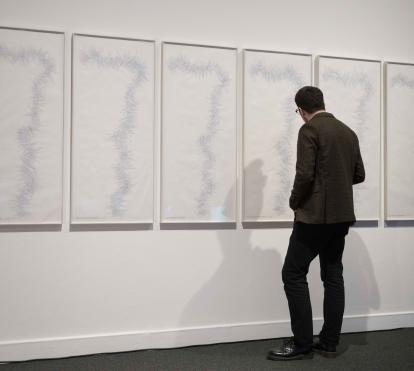
We live in the illusion of a borderless world, although there are more borders than ever: physical borders and others that are invisible – created by technology and political, economic and social discourses – extending beyond the boundaries of nations. Curator Mei Huang reflects on borders in today’s world in an exhibition that brings together 8 contemporary works of art as part of the Support for Creation’ 22. Comisart programme organised by the ”la Caixa” Foundation.
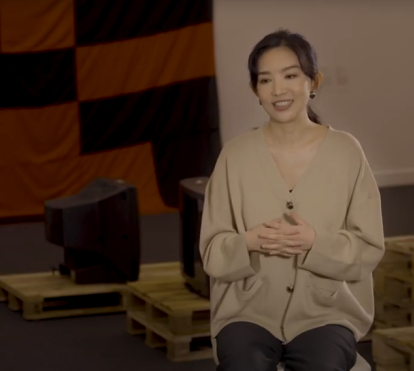
The exhibition, which will continue until September 8, brings together eight works from the collections of the ”la Caixa” Foundation and MACBA that have been chosen in order to reconsider the concept of a “border” and encourage public debate. It includes works by the artists Vanessa Beecroft, Pep Duran, Asier Mendizabal, Annette Messager, Paulo Nazareth, Francesc Torres, Isidoro Valcárcel Medina and Akram Zaatari, as they explore the discourse of the “divisive line” from various perspectives, addressing physical boundaries such as geographic flags and borders, as well as abstract invisible barriers associated with religion, ideology, gender and the hidden distances between individuals.
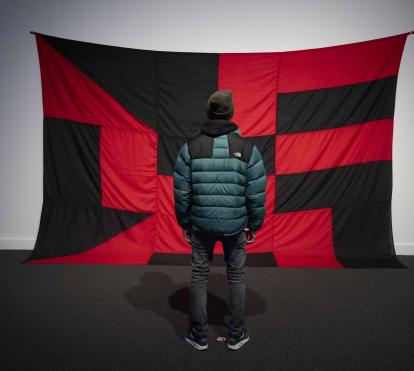
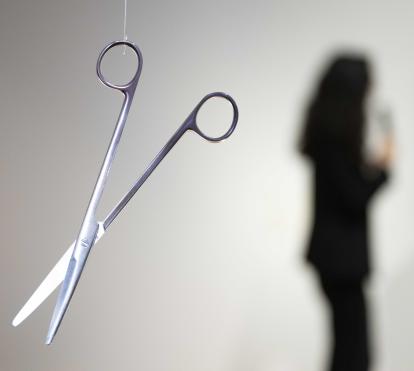
Although they were created several years ago, many of these works of art resonate remarkably well with specific historical moments, laying the groundwork for an in-depth look at the exhibition and the concept of a “border” by encouraging introspection and reflection concerning the weight of historical context.
The exhibition presents a variety of artistic interpretations of borders, acting like a mirror that reflects today’s socio-political situation. It includes alternative perspectives and narratives to the dominant discourse and invites visitors to take sides on the idea of a border and the forces behind it. The exhibition provides an extremely diverse collective vision in terms of the medium and the message, offering a multifaceted interpretation of borders, understood as a physical and legal boundary, cultural or ideological difference.
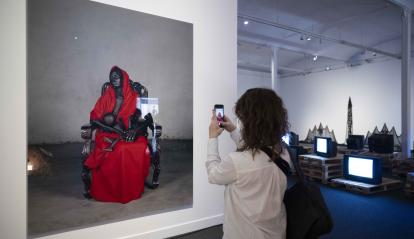
Web browsers, cameras, fingerprint sensors and digital scanners meticulously track our every move, making it almost impossible to go unnoticed. At the same time, new narratives are used to influence and control power relationships.
Instead of reducing disparities, globalisation often exacerbates these to create pockets of exclusion in an apparently more connected world. The digital divide reveals the difference that exists in accessing technological innovations and changes, underlining the socio-economic disparities that persist at a global level.
In this context, art and culture can build bridges to overcome these invisible borders, improve understanding and foster empathy between people. According to the curator, Mei Huang, “contemporary art and its practices have a unique ability to transcend borders and inspire dialogue and bonds between individuals and communities”.

